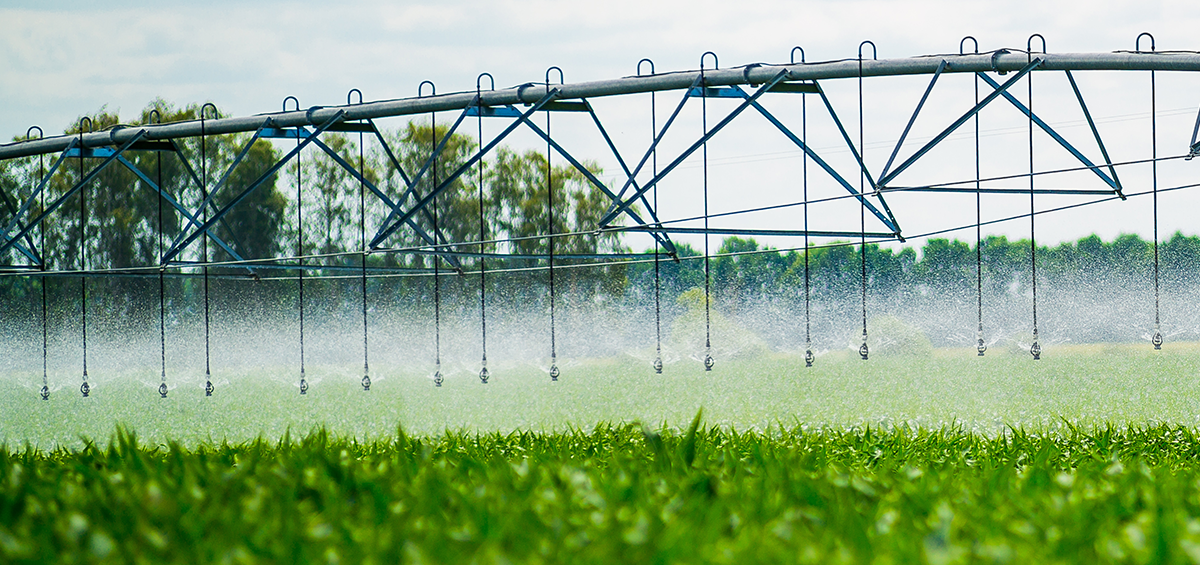Irrigation is a critical component of modern agriculture, ensuring that crops receive the necessary water to grow and thrive. Effective irrigation methods can significantly enhance crop yield, conserve water, and promote sustainable farming practices. This article explores various irrigation methods, their benefits, and best practices for their implementation.
1. Surface Irrigation
Surface irrigation is one of the oldest and most common methods. It involves distributing water over the soil surface by gravity flow.
Types of Surface Irrigation:
- Flood Irrigation: Water is released and allowed to flow freely over the fields. It is simple and inexpensive but can lead to water wastage and soil erosion.
- Furrow Irrigation: Water is directed into furrows between crop rows. It is more efficient than flood irrigation and reduces water runoff.
Best Practices:
- Level the field to ensure even water distribution.
- Construct furrows that match the crop root depth to optimize water usage.
- Monitor soil moisture regularly to avoid over-irrigation.
2. Sprinkler Irrigation
Sprinkler irrigation mimics natural rainfall by spraying water over the crops. This method is suitable for various terrains and soil types.
Types of Sprinkler Systems:
- Fixed Sprinkler Systems: These are stationary systems with permanently installed sprinklers.
- Mobile Sprinkler Systems: These systems can be moved around the field, providing flexibility.

Best Practices:
- Use nozzles that match the crop water requirements.
- Regularly check and maintain the sprinkler heads to ensure uniform water distribution.
- Schedule irrigation during low wind conditions to minimize water loss through evaporation.
3. Drip Irrigation
Drip irrigation delivers water directly to the plant roots through a network of tubes, emitters, and valves. It is one of the most water-efficient methods.
Benefits:
- Reduces water wastage by minimizing evaporation and runoff.
- Decreases weed growth by targeting water delivery.
- Improves crop yield and quality by providing consistent moisture.
Best Practices:
- Install a filtration system to prevent emitter clogging.
- Regularly inspect and clean emitters to maintain efficiency.
- Adjust the system to match the growth stages and water needs of the crops.
4. Subsurface Irrigation
Subsurface irrigation involves placing irrigation pipes below the soil surface. Water is supplied directly to the root zone, reducing evaporation losses.
Benefits:
- Enhances water use efficiency.
- Reduces surface water runoff and soil erosion.
- Minimizes weed growth and disease prevalence.
Best Practices:
- Ensure proper placement and spacing of irrigation pipes to cover the root zone adequately.
- Use high-quality materials to prevent pipe clogging and ensure longevity.
- Monitor soil moisture levels to avoid over or under-irrigation.
5. Center Pivot Irrigation
Center pivot irrigation uses a rotating sprinkler system mounted on wheeled towers. It is ideal for large, circular fields and provides uniform water distribution.
Benefits:
- Covers large areas efficiently.
- Can be automated for precise water application.
- Reduces labor costs and time.
Best Practices:
- Ensure proper alignment and maintenance of the pivot system.
- Use variable rate irrigation (VRI) technology to match water application with crop needs.
- Regularly check for leaks and repair them promptly to avoid water wastage.
Conclusion
Choosing the proper method of irrigation depends on various factors, including the type of crop, soil properties, topography, and water availability. Implementing efficient irrigation practices is crucial for optimizing water use, improving crop yields, and promoting sustainable agriculture. By understanding and applying the best practices for each irrigation method, farmers can ensure their crops receive adequate water while conserving this precious resource.
'Garden' 카테고리의 다른 글
| The Economic Aspects of Gardening (0) | 2024.07.12 |
|---|---|
| Disease Prevention and Solutions in the Garden (0) | 2024.07.12 |
| Best Manure and Compost for Gardening (0) | 2024.07.11 |
| Benefits of organic gardening (0) | 2024.07.11 |
| Summer Garden Care Essential Tips for a Lush and Healthy Garden (0) | 2024.07.11 |



